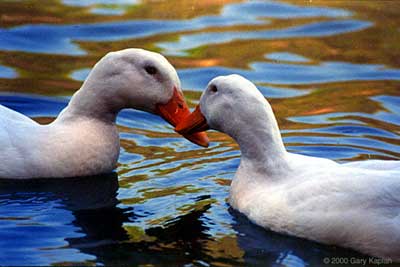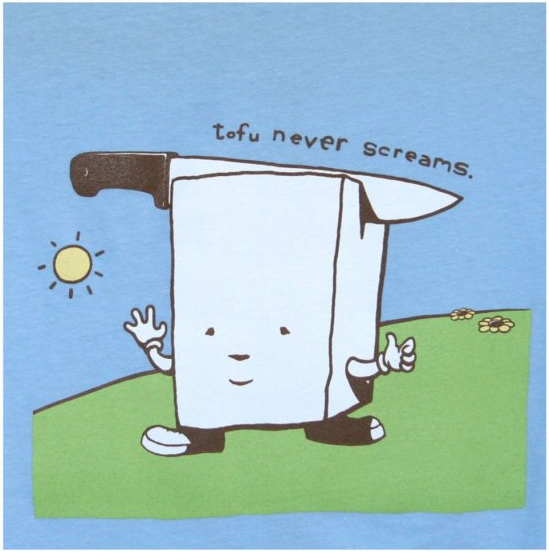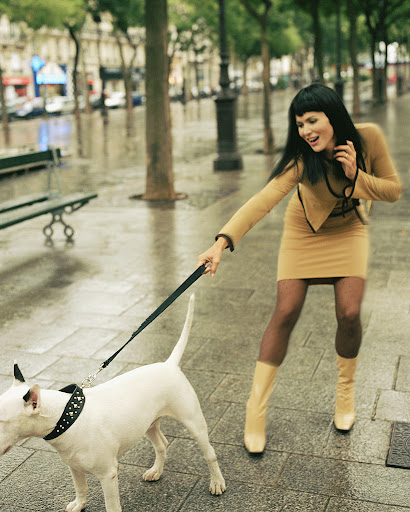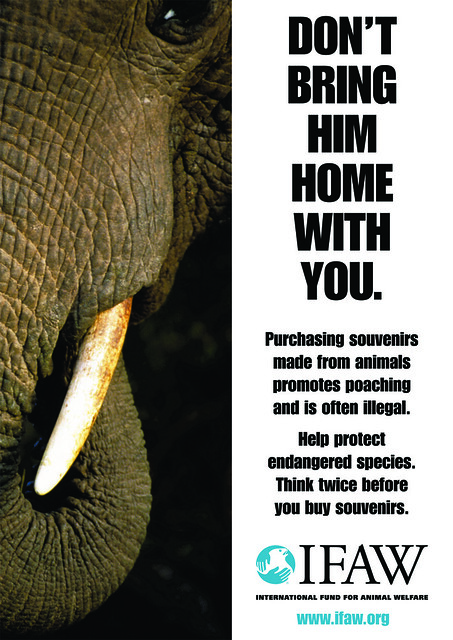1) The "Oreo-Cookie Vegan". Oreo-Cookie Vegans don't particularly focus on their health. They eat regular food, as long as they believe that it is vegan (I call them "Oreo-Cookie Vegans" because apparently Oreo cookies are vegan, so many vegans-- typically the Oreo-Cookie Vegans-- eat them.) While these people don't necessarily have an environmentally-friendly or healthy diet, they stress that that's not the point, anyway-- it's because they disagree with animal farming and they care about animal rights. One thing I can admire about Oreo-Cookie Vegans is that you know they aren't just doing it as a fad diet (eating Oreos and Wonder Bread doesn't sound like a fad diet to me), which means that they really do care about animals-- which is great, but they also run the risk of ruining their health by eating a lot of empty calories and not enough nutrients.
 |
| Oh, and by the way: Even if you don't eat Oreo cookies, you still could be an Oreo-Cookie Vegan. I just call them Oreo-Cookie Vegans because it makes sense to me to call them that. Photo Courtesy of Wikipedia. |
2) The Healthy Vegan. Yay-- this is where we all should be at. The Healthy Vegan, being under the category of those who go vegan due to animal rights concerns, does care about animals. This doesn't stop him or her from eating healthily, though. Healthy Vegans usually forgo the Oreo cookies and eat some healthier food instead, maybe a fruit salad or some occasional whole-wheat cookies. Healthy Vegans tend to try healthy recipes from vegan cookbooks, buy some of their food from health-food stores, and go out to vegan restaurants on occasion. Healthy Vegans remember that they went vegan so that they would stop eating animals and start supporting a compassionate lifestyle. Healthy Vegans don't "cheat", and they don't sneak a few cubes of cheese once in a while either, but if someone accidentally drops a cube of cheese onto their plate while leaning over the table, the Healthy Vegan just picks it out and puts it aside and eats their meal anyway. They make the right decisions and aren't obsessive.
 |
| Image Courtesy of http://mevegan.com/2010/08/the-everyday-vegan-2/. (Looks like a good website-- check it out.) |
3) The Obsessive Vegan. The Obsessive Vegan is like an OCD version of the Healthy Vegan. "Oh yeah," they'll tell you, "I went vegan for animal rights, but I have to remain personally pure, too-- otherwise I can't call myself a vegan anymore!" The Obsessive Vegan probably wouldn't eat something if it said "Made with machines that also process dairy and eggs" on the label, because they'd be too worried that there would be a small amount milk or eggs in it. Obsessive Vegans might end up wrecking their health because they don't eat a great variety of foods. To be fair, I have to applaud the Obsessive Vegan on his or her devotion to veganism and animal rights, but clearly, he or she is misinterpreting the whole concept of veganism. The real idea of veganism is to help animals, but to the Obsessive Vegan, personal purity conquers all. I would suggest looking at it more rationally. Technically, every product we buy in our society is-- in some vague, distant way, or in a very direct way-- going to be linked to the suffering of animals. We can't control the vague, distant things-- like when mice get killed by tractors that harvest our grain-- but we can control the direct things, like when turkeys get slaughtered for meat consumption. Focus more on the direct things than on the less controllable ones, because that is what really will make a difference in the world.
 |
| Broccoli is good. I just put a picture of it here because it must be what the Obsessive Vegans, well, obsess over. Image Courtesy of http://www.topnews.in/broccoli-reduces-skin-cancer-risk-study-24453. |
You might not fit into any of the categories listed above, and that's okay. You can identify as whichever kind of vegan you think you're closest to, or you could just call yourself a "vegan".
If you have not gone vegan yet, I strongly urge you to stop consuming animal products immediately. Lives are at stake. If you want to learn more about veganism, please visit The Vegan Society's website at http://www.vegansociety.com/.
I know I talk a lot about veganism on this blog-- especially recently!-- but it is a big part of animal rights, and also a big part of one's everyday life, if you think that food is a big part of everyday life.
BY THE WAY, I wrote out some New Year's resolutions for my two blogs-- Hug a Tree Today, Seriously, and The Animal Rights Action Site. For Hug a Tree, I wanted to reach 1000 page views by the end of the year. I did reach that goal, but I also reached a quite incredible number for this blog. My goal was 500 total pageviews by the end of the year, and at the time of this writing, I have reached 3,876 pageviews for this site! WOW! Thanks everyone. Come back again in the new year.

















